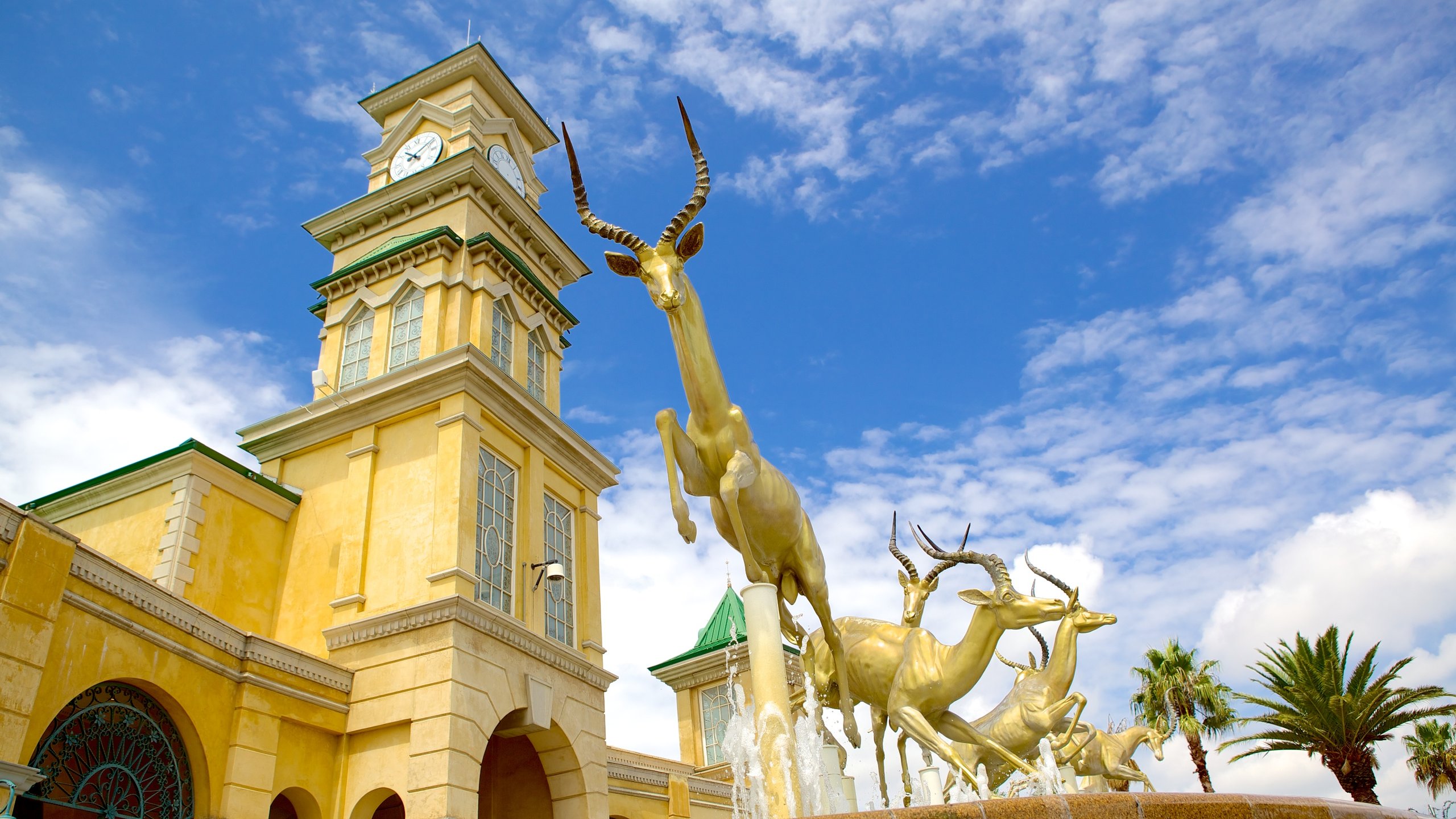The Johannesburg North Attractions PDFs
Wiki Article
The Buzz on Johannesburg North Attractions
Table of ContentsThe Of Johannesburg North AttractionsJohannesburg North Attractions Fundamentals ExplainedThe Definitive Guide to Johannesburg North AttractionsHow Johannesburg North Attractions can Save You Time, Stress, and Money.10 Simple Techniques For Johannesburg North AttractionsJohannesburg North Attractions Fundamentals Explained
The city expanded on the edge of the Witwatersrand Main Reef, a below ground stratum of gold-bearing quartz-silica conglomerate that arcs for hundreds of miles underneath the Highveld - Johannesburg North attractions. Many of the gold mines in the city discontinued operation in the 1970s, yet in its day the Witwatersrand gold industry accounted for more than 40 percent of the world's annual gold manufacturing.Johannesburg has a pleasant climate. Summer season temperatures average concerning 75 F (24 C); winter temperatures average regarding 55 F (13 C) and only periodically dip listed below cold. The city enjoys concerning eight hours of sunlight each day in both winter and summertime. Rain averages regarding 28 inches (700 millimetres) per year, but the total varies significantly from year to year.
What rainfall the city obtains drops almost specifically in the summertime months, typically in spectacular late-afternoon electrical storms., where several homeowners still rely on coal for gas.

Johannesburg North Attractions Can Be Fun For Everyone
The balance of the city is occupied by whites. Accommodation differs in personality and high quality. Soweto is infamous for its unlimited rows of municipally developed, two-room matchbox homes, yet it likewise has a couple of flourishing enclaves as well as bristling squatter camps, where 10s of thousands live without water, electrical energy, or sanitation facilities.Physical development, although rather restricted by transportation, continued quickly as migration to South Africa, and Johannesburg in particular, raised considerably.
A lot of bad residential areas were combined, with poor blacks and whites living with each other, although the well-off suburbs were generally reserved for whites.
The previous system of eleven numbered areas was reorganised in 2006. Marshalltown, as seen from the top of the Carlton Centre. The M1 and M2 run behind the buildings, and the southern suburban areas prolong past the freeway boundary. The inner city of Johannesburg is located within the city's Region F. The number of individuals living in the internal city on an informal basis is unknown, as numerous are illegal immigrants. The joblessness, education and learning, and age accounts of the location are all unidentified, due to the problem of acquiring dependable details regarding the location.
Johannesburg North Attractions Things To Know Before You Buy
Centred on the CBD, the area includes the residential areas of Yeoville, Bellevue, Troyeville, Jeppestown, and Berea to the east. To the west it spreads to Pageview (Johannesburg North attractions) and Fordsburg. There are tiny commercial locations to the south, such as City West-Denver and Benrose. Around 800,000 travelers pass via the central city on a daily basis, and it works as a regional shopping node for visitors from the southerly suburbs. Yeoville and Bellevue have a mix of apartment and solitary domestic systems on small lots. The region is helpful resources located on a mountainous divide that runs from eastern to west. One of the most noticeable geographical function is Observatory Ridge, which is called for the large observatory located on it. The recreational spaces are no longer used, due to security issues.
Johannesburg Arena, a training ground for both the Golden Lions and Orlando Pirates, is nearby. The eastern suburban areas of Johannesburg lie in the city's 7th [] and 9th [] areas. The area is also functionally incorporated with East Rand boundary towns beyond the official border of Johannesburg, such as Bedfordview and Edenvale (both component of Ekurhuleni Metropolitan Municipality).
How Johannesburg North Attractions can Save You Time, Stress, and Money.
R. Tambo International Airport). The eastern residential areas are some of the oldest locations of Johannesburg, there are huge communities of Jewish and various other European backgrounds, the bulk of the population is English talking. There are 3 fairway along with a number of safeguarded ridges with viewsites. There are several strong and up-market home entertainment and purchasing areas in the eastern such as the Eastgate Shopping Centre and the Greenstone mall.Originally built to house male migrant employees, several have been improved as dwellings for couples and households. The suburban area was not historically allowed to create work centres within the area, so almost all of its residents are travelers Read Full Report to various other components of the city.
The Facts About Johannesburg North Attractions Uncovered
The N1 Western Bypass connects the north suburbs with the north-western suburbs. The suburbs in the north suburban areas are mainly official, with no substantial locations of informal real estate, or housing that does not have a permanent structure. This is a well click resources established area, there is a pattern of land use modification from household to industrial, specifically along major arterial roadways and around established nodes.The location is well connected to road networks, especially along the north-south axis created by the M1 and N1. Roadways to the east and west are much less well created, as there are no highways travelling in that instructions. In the direction of the northern boundary of the city, the thickness of development reduces, leaving big areas of primitive land around Midrand.
Johannesburg North Attractions - Truths
, which is situated on a hillside neglecting the inner city and Hillbrow.Report this wiki page